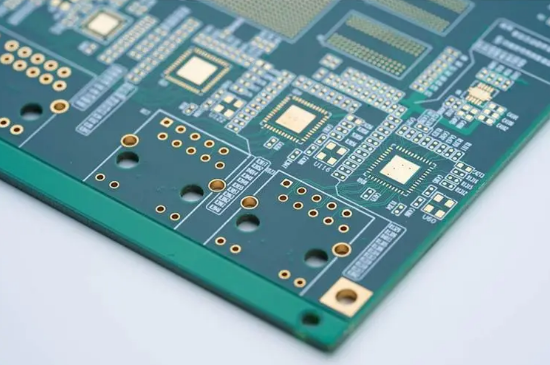Multilayer PCBs are used in a wide range of electronic devices due to their ability to accommodate more components and provide better performance. However, designing multilayer PCBs can be a complex process that requires careful planning and attention to detail. Here are some guidelines to help you design a successful multilayer PCB:

1.Determine the Number of Layers: The number of layers you need for your PCB will depend on the complexity of your circuit design. Generally, two-layer PCBs are used for simple circuits, while four or more layers are used for more complex designs.
2.Choose the Right Layer Stackup: The layer stackup is the arrangement of the layers in a multilayer PCB. The stackup can affect the performance of the PCB, so it is important to choose the right stackup for your design. Consider factors such as impedance control, signal integrity, and power distribution when choosing the stackup.
3.Plan the Component Placement: Component placement is critical in multilayer PCB design. Plan the placement of components carefully to ensure that they are placed in the most optimal locations for signal flow and thermal management.
4.Use Ground and Power Planes: Ground and power planes are essential for multilayer PCBs. They provide a stable reference voltage and help reduce noise and interference. Make sure to use a solid ground plane and power plane for your design.
5.Route Traces Carefully: Routing traces can be challenging in multilayer PCBs. Make sure to route traces carefully to avoid crosstalk and interference. Use differential pairs for high-speed signals and keep signal traces as short as possible.
6.Use Proper Via Placement: Vias are used to connect the layers in a multilayer PCB. Proper via placement is critical for signal integrity and power distribution. Use blind and buried vias for high-density designs and avoid placing vias too close to each other.
7.Test and Verify: Finally, test and verify your multilayer PCB design before sending it for manufacturing. Use simulation tools to check for signal integrity and thermal issues. Make sure to follow all the necessary design rules and guidelines for your PCB manufacturer.
In conclusion, designing a multilayer PCB requires careful planning and attention to detail. Follow these guidelines to ensure a successful design that meets your requirements for performance and reliability.
Get more knowledge about Multilayer Pcb Design Guidelines please refer to RigaoPCB:https://www.rigaopcb.com/